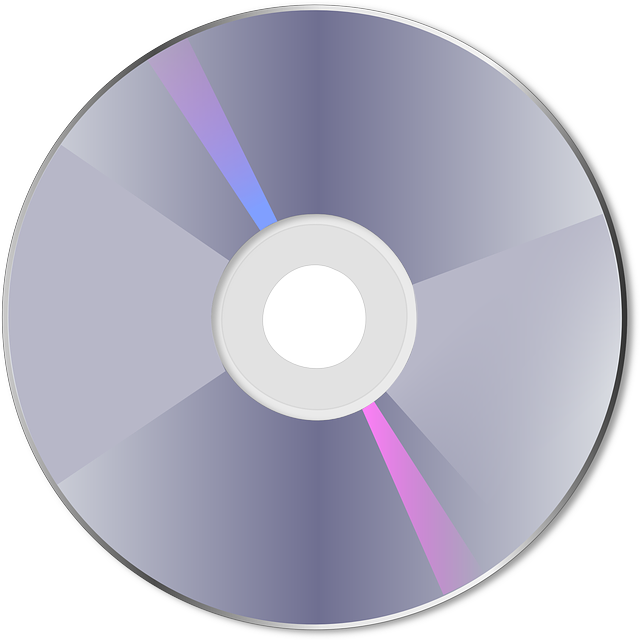
2021 was a hard year for everyone, but the pandemic showed some of the key advantages of 3D printing. When there was a product shortage, this technology helped hospitals come up with alternatives for certain supplies. Despite the advances in healthcare, relatively simple medical equipment remains to be pivotal. They could provide masks, valves for ventilators and nasal sticks for testing PCR samples among others. It’s surprising how fast all these items can be printed with the simplest, cheapest 3D printers, as well as more expensive devices. This decision saved the lives of many people and drew a lot of attention to 3D printing as a technology that can help you in difficult situations.
Photopolymer 3D printing
Today workshops with LCD technology are really common, they can print 3D models by illuminating the resin with an LED lamp shining on it through the LCD matrix. Displays are getting better with HD, Ultra HD and even 4K screens, but the technology only became widely available in 2017. This at the same time made it possible to increase the printing speed, improve the quality and accuracy of finished products, increase the maximum size of manufactured models, and also reduce the prices of printers several times, given that these mono displays have a significantly longer service life. This is a dream come true for many customers! You don’t see such miracles very often. Everyone is already accustomed to the fact that each new iPhone is better than the previous one, but at the same time more expensive. Sellers are already seeing a significant demand for this new equipment and its popularity is far from new. There were long lines of buyers waiting on their orders and users on social media sites were full of posts about their new toys (3D printers).
Market growth for 3D printing was a priority. The 2nd most important factor contributing to it was a significant decline in prices for photopolymer resins and post-processing equipment. There has been a sharp fall in the price of resins over the last 1.5 years, and as well as this there has been an increase in their variety, which has expanded the range of end products and reduced their cost. Decreased print time. Some 3D models printed from resin require post-processing in addition to the printing process in order to make them lifelike. This post-processing usually includes washing in alcohol or water, and photographing in a special UV camera. The high cost of buying additional printers is also a factor which drags down demand, but budget 2-in-1 devices have emerged last year that address this problem. Besides that, you can still print content to paper for free with many services like Google Docs. This has led to a huge surge in interest in photopolymer 3D printing, particularly for dentistry and jewelry production (see two-in-one devices in the photo). One of the main highlights of this year’s market was Phrozen, a Taiwanese company that flies under the radar. We pioneered the 4K Shuffle 4K, as well as their budget mono Sonic Mini and their first mono 4K printer, the Sonic 4K. A parallel course with Phrozen was the Chinese company UNIZ from Beijing, which, although it presented its developments a little earlier, their printers could not be made affordable and accessible enough to the general public.
Other Chinese manufacturers such as Anycubic, Elegoo, Creality, Wanhao, Flashforge, EPAX and Peopoly were quick to follow Phrozen and their products can’t compare to Phrozen’s yet. Yet, there’s been a lot of growth in this sector, which seems understandable. As more people get the gear they need to run their business, they use it for more and more operations.
Conveyor 3D printing
The FDM/FFF 3D printing technology became the first in prevalence. It works incrementally by heating a filament and building a 3D model layer by layer, and hasn’t been improved over the past year. With no significant events happening in the world of trade shows, manufacturers have fallen into a kind of hibernation and are not innovating with new products. One of the announcements was of the appearance of new 3D printers with infinitely-sized models on the Z axis. The world’s leading desktop 3D printer company – Creality collaborated with famous blogger Naomi Wu (Naomi Sexy Cyborg Wu) to show the first such model, the 3DPrintMill CR-30. Following Autodesk, a young startup from Germany, iFactory3D, announced its iteration of this solution at the end of last year. This year we will see a battle between these companies which could decide the leading position in this new 3D printing segment.
Although the idea of using tape itself is not new, BlackBelt 3D printers has been introducing it for quite some time. Previously, it wasn’t commonly used because it was so expensive. New companies have been coming out with models that cost up to $1200 which is a lot more affordable. A budget solution like this would make it easy to organize small scale production of the necessary parts, without manual intervention. People would only need to install new spools of thread on time. 3D printers are not only limited to prototyping, but can also be used for mass-printing. This means you could use one to produce finished products in a shorter amount of time and with less investment.
In the meantime, these are only plans for the future, the main efforts of 3D printer manufacturers are aimed at face-lifting and restyling of their models, when updated models are complemented by a color touchscreen display, Wi-Fi, a webcam and other functionality that does not directly affect the quality and print speed. You’ll find this makes printing much easier for any new users and gives them a better user experience. However, this does not in any way solve the main problem of 3D printing – low speed and insufficient quality of the final product.
Market leaders
If we talk about the results of the year from a commercial point of view, then, as before, the Chinese company Creality is in the lead among manufacturers in pieces with its huge lineup of almost 40 models “at the head” with the absolute bestseller – the Ender-3 printer. Dutch manufacturer Ultimaker still has the market lead when it comes to their 3D printers. Not only are they known for their excellent print quality, but they’re also very user-friendly. Recently, the leader has been the Picasso 3D company. Last year, they introduced their long waited for product – Designer XL Pro printer. This printer was an instant hit because it has a big print area and two extruders. The second player in the market was the former Chinese and now global company Raise3D, which released a 3D printer model with two independent extruders Raise3D E2. IDEX maintains the high quality of your 3D printer and uses a second extruder to provide soluble supports when printing more complex models. (you can read more about this technology in our review).
Among manufacturers of photopolymer 3D printers, Phrozen is the leader in pieces, and Elegoo and Anycubic are closely behind it. In terms of financial indicators, the American company FormLabs remains the leader, whose printers work according to SLA technology (using a laser to illuminate the material), but its closed ecosystem with very expensive materials raises more and more questions from users, especially since, in terms of print quality, competitors from the budget segment is already in no way inferior to its models. You can find a more detailed review of the difference in technology on our site.



